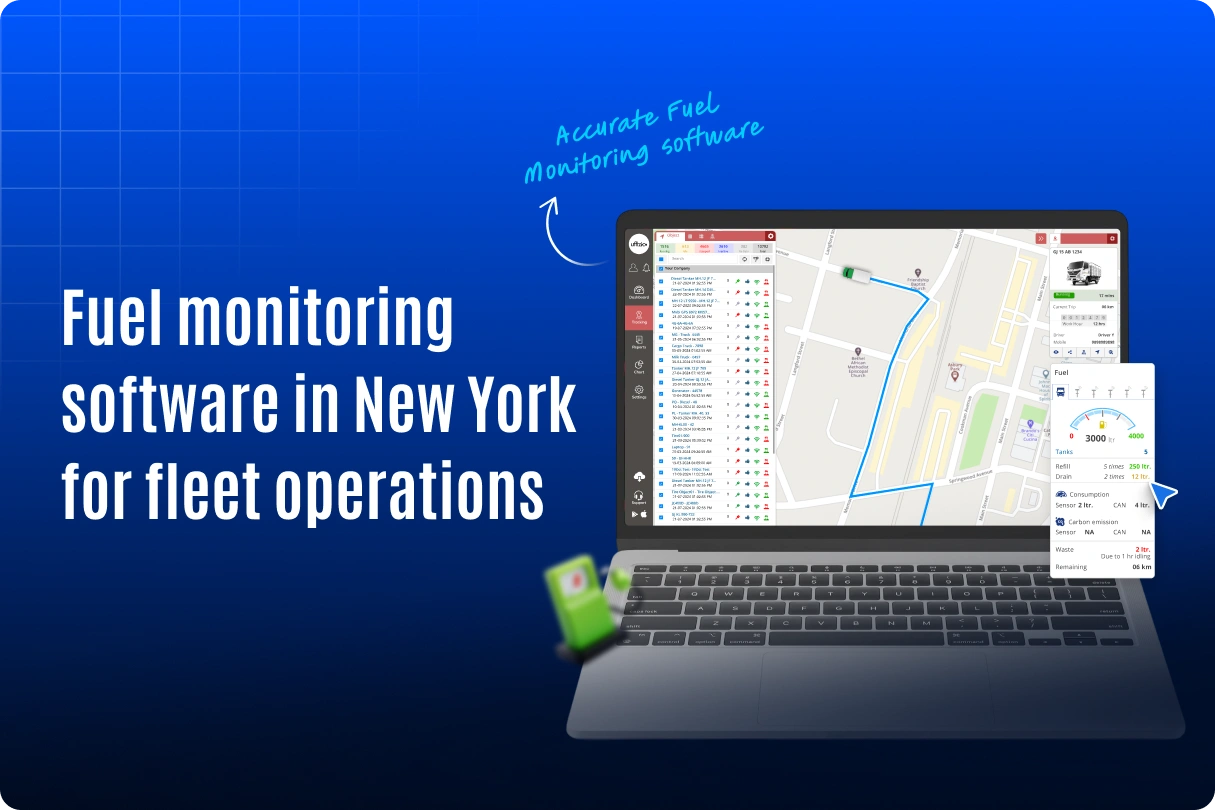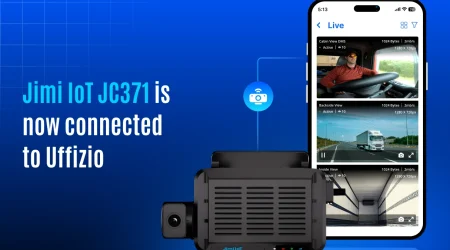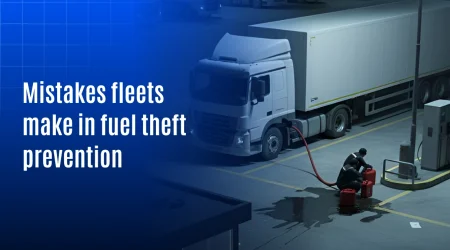Why Fuel Monitoring Software in New York Is Essential for Modern Fleet Operations

In New York, rising fuel costs are only part of the problem. The bigger challenge is knowing how fuel is consumed and managed across different vehicles. For fleet managers, having no clear picture of this daily usage makes it harder to control expenses or plan ahead. For logistics fleets, yellow cabs, municipal services, and last-mile deliveries, fuel is the largest expense after labor. That makes fuel monitoring software in New York an essential tool for control, planning, and building long-term savings.
The lack of visibility makes things worse. Without a proper fuel monitoring system, managers can’t track how vehicles use fuel. Extra idling, fuel theft, or inefficient driving habits quickly add up to thousands of dollars in losses each month.
Moreover, it’s not just about cost. When fuel isn’t monitored properly, fleets lose efficiency and struggle to control costs. They also face higher risks of breaking New York’s strict idling and emission rules. To deal with these problems, more companies are now using fuel monitoring solutions. These tools help them track fuel use, stop fraud, follow rules, and work toward long-term sustainability.
Why fuel monitoring system matters for fleets in New York
Fuel costs are rising
Fuel makes up 25–40% of operating costs for fleets in New York. Prices keep changing, and traffic makes costs even higher. Without proper fuel monitoring, these changes can cause sudden budget problems. This makes it tough for companies to control daily costs and plan for the future.
Theft and fraud are common.
Fuel theft, unauthorized refueling, and wrong log entries are still big problems. Without sensors or fuel card checks, operators can’t be sure the fuel they bought is really used for work. These small leaks in control add up to big losses. A Fuel Management System helps identify them early.
Traffic leads to more fuel use.
New York traffic is well known for being tough. Stop-and-go driving and long idling periods burn a lot of fuel. One idling vehicle can use up to a gallon an hour. Across a fleet, this quickly becomes a major and unavoidable cost for the operator.s
Strict anti-idling rules
In New York City, vehicles must follow strict idling limits of no more than three minutes, or just one minute when near schools. Fleets that break the rule face fines between $350 and $2,000 eventually. Without proper monitoring, they may end up paying more which risks their reputation with clients and the public.
Need for sustainability and reporting.
New York’s climate goals require businesses to cut emissions and report fuel use. Fleets that want government or enterprise contracts need accurate data on fuel and CO₂ output..Without a proper fuel monitoring system, fleets can’t meet these requirements and risk losing both compliance and efficiency fleets must address also fuel challenges for marine fleets that directly affect their everyday operations in their daily operations across fleets.
Smart fuel management system for New York fleets
Fuel Sensors for Fleets
Fleets get instant updates on fuel levels using telematics-based sensors. With a fuel monitoring system, the software flags sudden drops or abnormal use, helping managers control consumption.
GPS + fuel card integration
By connecting GPS data with fuel card records, managers can check if the fuel bought is really being used for business with the help of a Fuel Management System. This quickly reveals fraud or misuse.
Driver behavior analytics
The system shows habits like harsh braking, sudden turns, detours, or long idling. With this insight, managers can guide drivers to save more fuel, drive safely, and extend vehicle life.
Automated compliance reports
The system prepares reports automatically, showing both fuel consumption and idle hours. These reports help fleets avoid fines by keeping them within NYC idling limits and meeting emission targets.
Predictive maintenance alerts
When a vehicle starts using more fuel than normal, the system flags it. This often indicates engine problems, allowing managers to fix them before costs rise further.
How fuel monitoring software in New York creates real impact
- Last-mile delivery fleets: Last-mile delivery fleets: Fuel tracking helps last-mile fleets save fuel and improve routes in New York’s crowded streets, ensuring packages arrive on time despite traffic delays.
- Taxi & rideshare operators: By avoiding idling, drivers keep fuel expenses down and increase profits.
- Municipal fleets: City agencies use tracking systems in buses and sanitation trucks to save money and track emissions.
Final takeaway
Fuel is the lifeline of every fleet, but it is also the most difficult and costly part to manage. Rising prices, constant traffic, and strict idling laws make it clear why fuel monitoring software in New York is no longer optional; it’s essential for modern fleet operations.
The system helps fleets monitor fuel instantly, catch misuse, control idling, and stay fully on the right side of strict fuel tax reporting compliance laws. The data turns into useful insights that help fleets save money, run more efficiently, and work toward a greener future more sustainable future for New York fleets.




